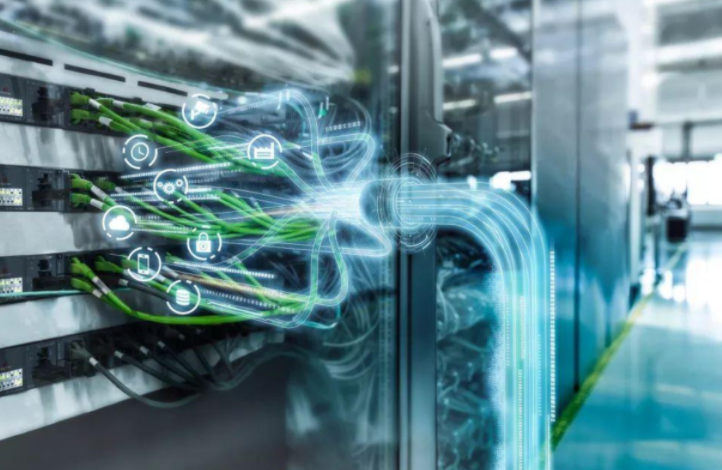Emerging technologies are always developing and adapting at a breakneck pace, and new uses and developments appear with surprising regularity.
The Internet of Things may have been around for too long to be classified as a truly emerging technology, but the number of new implementations and trends it involves is still impressive.
In 2021, the development of the Internet of Things does not seem to be slowing down. In fact, there are already some big predictions for how the Internet of Things will develop this year, with healthcare, location services, and new network technologies all likely to drive its growth.
Here are seven ways the Internet of Things is expected to significantly change and grow in 2021.
The Internet of Things will be more closely integrated with artificial intelligence
We are already seeing IoT and AI being used in tandem in industries such as heavy industry, where automation and monitoring can bring real benefits to employee safety and business efficiency. Businesses that invest in IoT and AI typically see better results and higher ROI than those that choose to implement only one of these technologies.
As more and more companies take advantage of these advantages, there will be a large number of experts who can handle IoT and AI technologies (a skill that is currently lacking), and more one-stop IoT/AI shops can be created. products for greater accessibility.
Increased remote working will lead to more digital twins
As the coronavirus pandemic continues to disrupt normalcy around the world, it’s clear that we won’t be returning to the office en masse anytime soon. This massive shift to working from home has driven the adoption of digital twins (digital replicas of real-world items) technology.
Before the pandemic, digital twins were an emerging concept, but now the ability to test and optimize without risk or direct cost has proven extremely attractive to organizations. Through better use of digital twins, employees can have greater freedom to develop and test in their home office spaces during this difficult time.

More wireless connectivity options
Currently, IoT and mobile devices rely on cellular data networks (3G/4G/5G) to provide stable connectivity. However, in 2021, businesses and consumers will be able to take advantage of more wireless connectivity options.
Research predicts that by 2021, IoT will be able to leverage Bluetooth and near field communications (NFC). At the same time, low-Earth orbit satellites will meet the need for long-distance network connectivity.
Increased focus on predictive maintenance
IoT has proven to be very useful in predicting equipment problems. With the right IoT solution in place, some issues can be resolved before they cause serious damage and downtime that negatively impacts efficiency.
Currently, factories using these smart elements receive alerts before equipment fails, but the range of use cases for predictive maintenance will expand further. One example is the increasing use of connected climate control devices, which is intended to help administrators such as heating, ventilation and air conditioning (HVAC) make more confident decisions about when maintenance tasks need to be performed.
Mining sites are also using IoT technology for monitoring, combined with artificial intelligence to predict equipment damage due to use and stress levels. This allows operators to proactively replace these parts before affecting output. The benefits of predictive maintenance and taking preventive measures are clear, so we expect adoption to increase significantly this year and beyond.
Industrial automation will be more widely and faster applied
The COVID-19 pandemic has had a dramatic impact on supply chains, manufacturing and other businesses, creating greater demand for automation.
The advantages offered by technologies such as machine learning, remote maintenance and robotics are well known, although social distancing will increase the need for spatial monitoring
Various COVID-19 vaccines are being rolled out globally to protect the most vulnerable and high-risk populations. Everyone will be vaccinated in time, but until then we will have to live with mitigation measures and social distancing for a while.
To enable businesses and organizations to continue working safely, many IoT devices have been deployed to ensure guidelines are followed. As we’ve discussed, these include automation services, but products such as proximity sensors and space monitors are also being rolled out to ensure employee safety in the workplace.
As we continue to find ways to live with and respond to this pandemic, organizations will likely invest more and more in connected technologies to reduce risks to employee health and safety.
Improve edge data processing
The Internet of Things has greatly improved the quality of data analysis, but in 2021 more IoT data will be processed through edge computing (data is processed by the device in use, rather than being sent to a data center). The amount of data that can be collected has increased dramatically, aided in part by the advent of faster 5G networks, and combined with the Internet of Things, will allow businesses to drive digital transformation like never before.
Companies need to decide on their IoT adoption faster to truly take advantage of the full potential value on offer, and companies that do so will see huge benefits.
Palavras-chave: modbus RTU